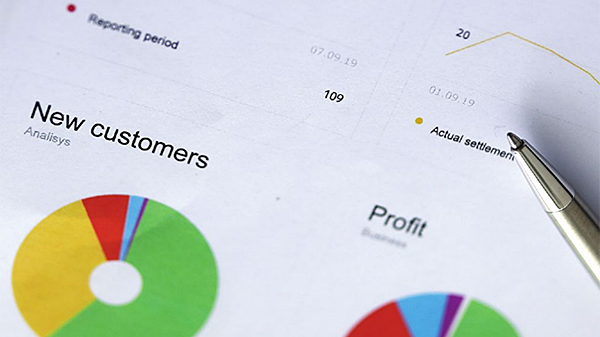Improving Your Customer Mix

The right mix of customer accounts, of course, will be different for every type of business.
The ideal portfolio for a company that specialize in one or two products or species is not the same as a business that produces a wide range of wood products.
“For me to decide to onboard a customer,” says Mark Hayes, president of Illinois-based Twin Garden Sales, Inc., “I consider its volume opportunities, year-round commitment, if possible, and credit rating in the Blue Book.”
Finetuning a mix
Over the years, Twin Garden Sales has built a beneficial customer mix: very large clients who buy in mass quantity and enjoy volume priority when product is short; and medium-sized customers that may buy a lesser amount but do so consistently or during seasonal timeframes.
“We have intentionally geared [the company toward] a blend of customers that would be considered large, medium, and small,” says Hayes.
“With large volumes and commitment levels from our anchor customers, this bodes well for our customer ratio. These particular customers tend to be loyal and predictive, which is a great benefit.”
“We also have a need for the smaller guys,” Hayes says. Though smaller customers buy in smaller quantities, Hayes confirms they represent a very important element to balance their overall program.
Location and channels
Besides looking at a potential customer’s revenue and what it intends to spend, geographic location should be a consideration as well.
How much will it cost to ship product to a particular company? Is its business worth the expense?
Bear in mind that not every client will be a match, or the timing isn’t right. Saying “no” to customers can be difficult, but if these customers aren’t a good fit for any reason, it’s the right thing to do.
“We had to turn away many during the height of the pandemic last year,” recalls Hayes. “We didn’t lose any of our regular customers. In order to manage them well, we couldn’t take on any new customers during that period.”
Financial considerations
Because the economy fluctuates cyclically, recessions occur naturally between growth periods. Signs of an impending recession include increased requests for unemployment benefits, decreased retail sales, and a reduction in income.
With a solidly mixed client base, it’s much easier for companies to survive an economic downturn. Losing one or two clients won’t have as big an impact as losing the largest or in a worst-case scenario, all or most of them.
With an assortment of customer types, businesses can also maintain better cash flow. Some buyers will still be able to pay invoices on time; some won’t. A broad customer base also serves to keep employees busy and the supply chain moving, to prevent laying off workers if one customer succumbs to a downturn or has a financial crisis.
Concluding Thoughts
Finding and maintaining a balanced customer mix is an ongoing challenge.
Businesses should never be complacent about their bottom line nor the health of the company’s account mix, as everything can change in an instant—like with the arrival of a worldwide pandemic.
While nothing can protect a company from all or even most circumstances, a diverse mix of clients can provide stability and balance, which help a business weather the good times as well as the not-so-good times.
Read part 1 of this 2-part series here.
Source: Blue Book Services

